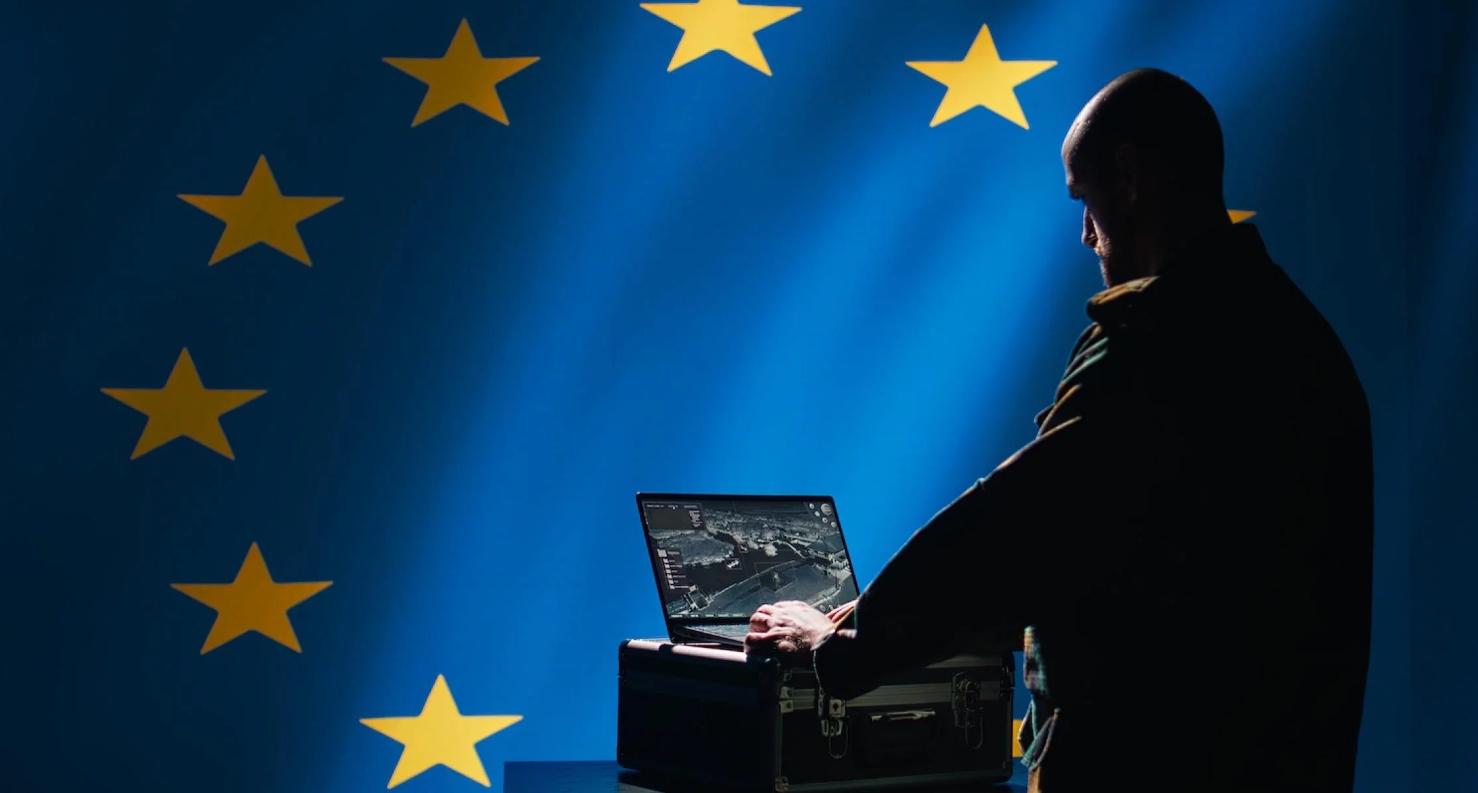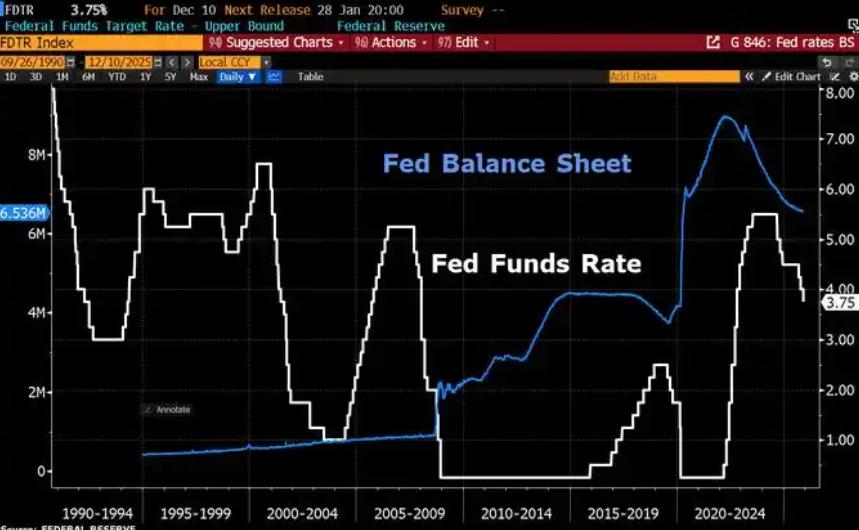
Against the backdrop of increasingly unstable US security commitments, rising external threats, and intensified global competition for technology and resources, Europe's weak defense capabilities have become a significant risk. Without strengthening strategic autonomy, Europe will be more vulnerable to economic and diplomatic pressures, impacting the EU's stability and long-term interests. In this context, building a future defense system and corresponding financing mechanisms is particularly urgent.
First, the focus of Europe's future defense development is not on traditional armaments, but on transnational, technology-intensive areas, including Sky Shield systems, hypersonic weapons, artificial intelligence and cloud infrastructure, quantum technology, cyber capabilities, unmanned systems, satellite networks, and critical mineral processing. These areas cannot be effectively advanced by individual countries alone; long-term fragmented investment has led to duplication of effort and insufficient scale, causing Europe to lag behind in key technologies. Therefore, it is necessary to enhance industrial capabilities through joint procurement, long-term contracts, and collective research and development.
Second, achieving transnational cooperation requires a robust governance structure. Article 346 of the Treaty on the Functioning of the European Union provides flexibility for defense cooperation, allowing member states to establish new coordination mechanisms through intergovernmental agreements. In the future, a "Defense and Technology Expert Steering Committee" could be established to be responsible for formulating strategic direction, developing multi-year budgets, ensuring consistency in technical standards, and planning joint investments. Simultaneously, it is necessary to establish a simplified cross-border procurement mechanism to improve efficiency and ensure the interoperability of key equipment.
However, given the long-term underinvestment in defense, Europe must rely on joint financing to catch up in the short term. Jointly issuing "European Future Defence Bonds" can reduce financing costs and enhance market confidence in European security assets. To this end, a dedicated financing committee should be established to be responsible for bond issuance, repayment planning, and collaboration with the technical committee. Furthermore, ensuring that the bonds have quasi-sovereign status and meet the European Central Bank's refinancing standards will help further expand the depth of European capital markets.
Regarding expenditure planning, defense spending over the next ten years could be at 1% of GDP to complete capacity building; thereafter, it could stabilize at around 0.5% of GDP. If a team composed of a portion of EU countries is used as an example, the cumulative expenditure over ten years would be approximately €1.8 trillion; if expanded to the entire EU, it could reach approximately €2 trillion. Debt repayment resources could come from the stable tax base of member states to ensure debt sustainability.
Furthermore, regarding the selection of financing institutions, the European Stability Mechanism (ESM) can be used as a reference. Due to its experience in issuing bonds and its intergovernmental structure, it can serve as the institution for future defense bonds. If this path is adopted, two pillars need to be established: crisis management and joint defense investment. The treaty should be amended as necessary to allow it to provide loans to the institution and to attract more European countries to participate. If political consensus is difficult to reach, a new specialized institution can also be considered.
Finally, the future "European team" should be initially composed of countries willing to act quickly, prioritizing governance quality before opening up to other countries. When conditions are ripe, non-EU countries such as Norway, the UK, Switzerland, and Ukraine can also be included to expand the resource and capability base. This plan is realistically feasible. First, current geopolitical pressures are unprecedented, and countries generally recognize the urgency of the situation. Second, future defense technologies are inherently transnational, and only through joint investment can efficiency be improved. Furthermore, the global market is seeking safe assets beyond the US dollar, and European-issued defense bonds can meet this demand. More importantly, dual-use technologies will enhance long-term economic competitiveness, and the governance structure can draw on the experiences of NATO, DARPA, and the ESM.
In conclusion, Europe is at a critical strategic window of opportunity. To safeguard Europe's autonomy, security, and long-term stability, it is imperative to expedite the establishment of defense integration and a common financing system, enabling Europe to maintain its necessary strategic position in future global competition.

Since 2022, the Fed has cumulatively reduced its balance sheet by $2.4 trillion through quantitative tightening (QT) policies, leading to a near depletion of liquidity in the financial system.
Since 2022, the Fed has cumulatively reduced its balance sh…
On December 11 local time, the White House once again spoke…
Fiji recently launched its first green finance classificati…
Recently, the European Commission fined Musk's X platform (…
At the end of 2025, the situation in the Caribbean suddenly…
The U.S. AI industry in 2025 is witnessing a feverish feast…